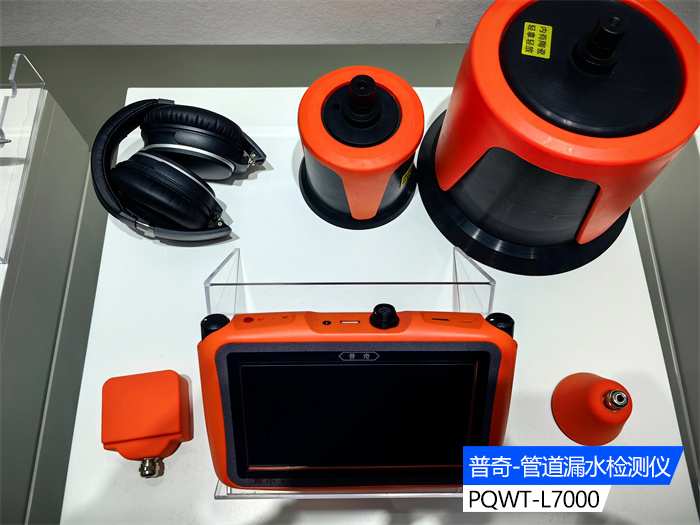Pipelines are an important part of safety in buildings, and their operational status is directly related to the effectiveness of fire suppression in the event of a fire. However, due to prolonged use, aging, corrosion and other factors, pipelines inevitably leak. In order to ensure the reliability and safety of the pipeline, regular leakage investigation is required. In this article, we will introduce the pipeline leak detection steps and the use of pipeline leak detector.

pipeline leak detector steps
1. Determine the leakage area: According to the direction of the pipeline, combined with the location of pipeline accessories such as tees, elbows, bolts, etc., to initially determine the possible leakage area.
2. Listening sound detection: Use the equipment such as listening stick or listening instrument, close to the suspicious area for listening sound detection. If you hear the faint sound of dripping or water flow, that there may be water leakage.
3. Instrument detection: Use pipeline leak detector to detect the suspicious area. First of all, use the "census" mode to scan, according to the sound of the headset and the instrument cursor signal abnormal changes, initially determine the suspected leakage point.
4. Locate and confirm: In order to verify the accuracy of the suspected leakage point, use the "locate" mode of the pipeline leak detector to locate it precisely. Take the suspected leak point as the center, extend the inspection and comparison to both ends, and determine the point with the strongest signal as the "suspected leak point".
5. Excavation verification: After determining the suspected leakage point, excavation verification is carried out. If there is water or wet phenomenon found in the ground after excavation, it means that there is indeed a water leakage in the place.
Pipeline leakage investigation is an important safety task that needs to be carried out carefully and conscientiously. During the troubleshooting process, it is important to combine a variety of methods such as audible detection and instrumentation to determine the leakage point. At the same time, the correct use of pipeline leak detector








